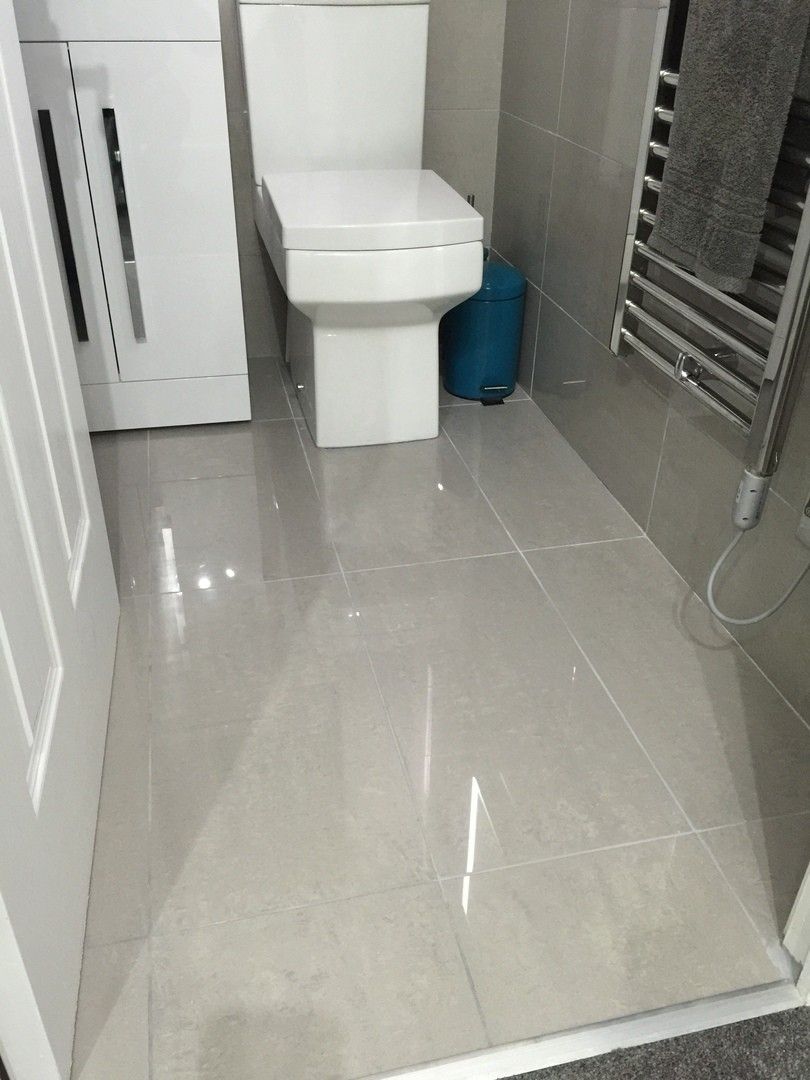Ceramic Vs Porcelain Tiles For Bathroom Floor

The clay is denser and so less porous.
Ceramic vs porcelain tiles for bathroom floor. Pros cons of both flooring options with a look at durability cleaning maintenance more. However when glazed both porcelain and ceramic tiles do a great job of fending off moisture. Porcelain tiles absorb less than 0 5 of water whilst ceramic and other non porcelain tiles will absorb more. For one porcelain tiles are known to be denser and less porous than ceramic tiles.
Ceramic tile can be used other on floors or for countertops walls or showers while vinyl tiles are used only as a flooring material. When deciding between ceramic vs. Vinyl resilient has long been available in squares or large sheets but recently plank vinyl flooring has been making its way into homes. According to the industry group that decides whether a tile is porcelain or ceramic everything boils down to whether the tile can meet a set of highly controlled water absorption criteria.
Porcelain is a particular category of ceramic tile. When considering a tile refresh for any floor wall or countertop keep porcelain and ceramic tiles top of mind for their classic look and clean lined appearance. The same reasons that porcelain tile is the outdoor champ hold true in the kitchen and bathroom and laundry rooms where spills and splashes can happen. Porcelain tiles are made from finer clays and are fired at higher temperatures to make them harder and more durable.
This is down to the stuff used to make porcelain tiles. The difference between ceramic tile vs porcelain tile despite the fact that ceramic and porcelain tiles look very similar there are plenty of noticeable differences between the two. Ceramic and porcelain tiles are frequently used in bathrooms and showers. A 2020 comparison of ceramic vs porcelain tile flooring.
Porcelain tiles for shower installation some decorators suggest balancing functionality and your budget by using ceramic shower tiles for walls and porcelain shower tiles for the flooring. Dense porcelain shrugs off wetness. This refers to either ceramic or porcelain tile a clay product fired in ovens until it is rock hard. Porcelain tile achieves this by using clays with finer particles fired at a higher temperature which creates a harder less porous surface than can be achieved by standard ceramic tiles this inherent versatility gives.
The main difference between a porcelain and ceramic tile is the rate of water they absorb.














































